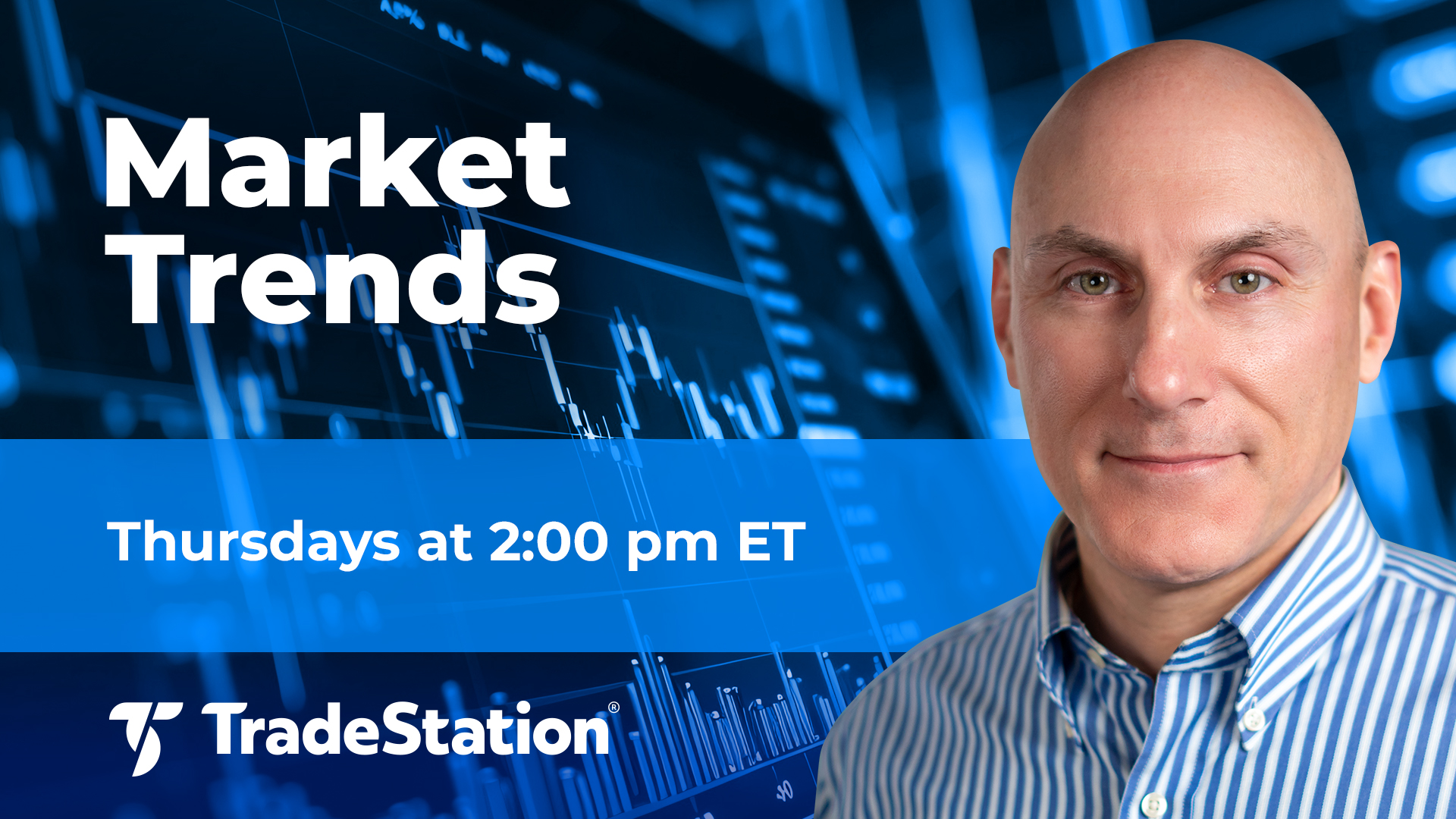Retail stocks are plummeting as tariffs threaten decades of supply chains and manufacturing.
Today’s story focuses on VF (VFC), the parent of brands like North Face and Vans. However most of the trends apply to larger peers like Nike (NKE), Target (TGT), Lululemon Athletica (LULU), Ralph Lauren (RL), Deckers Outdoors (DECK) and Sketchers USA (SKX).
VFC is in the midst of its worse drop ever, falling 63 percent in the last two months. That dwarfs the selloffs of 2008 (subprime) and 2020 (pandemic). The shares ended yesterday down 13 percent to their lowest level in more than 17 years.
The descent began on February 28 after President Trump confirmed he would raise tariffs on China. The stock fell again on March 4 after Beijing retaliated with levies on U.S. goods.
VFC had another leg down after April 2, when President Trump announced tariffs of 49 percent on Cambodia, 46 percent on Vietnam and 37 percent on Bangladesh. Like many retailers, VFC relies heavily on those countries for its clothing, footwear and accessories. They take effect today.

VF (VRC), daily chart, with select event.
“The new tariffs will lead to higher consumer prices, further pressuring retail volumes,” Fitch Ratings said yesterday as it lowered its credit outlook on the industry. “Some costs are likely to be absorbed by retailers and consumer products manufacturers, which will negatively affect margins.”
The news could be especially difficult because many companies moved to countries like Vietnam because of tariffs on China during the first Trump Administration.
Apparel Inflation
While U.S. consumers have faced higher prices for years, apparel has been one of the least inflationary categories. Data from the Census Bureau shows the broad consumer price index (CPI) up 89 percent so far this century. Clothing and footwear, on the other hand, have risen less than 1 percent.
For example, the retail price of running shoes from Vietnam could rise from $155 to $220. That’s according to an estimate by the Footwear Distributors and Retailers of America cited by the Associated Press.
Americans have been bracing for the increase. Reuters reported yesterday that 73 percent of respondents in a poll expect higher prices in the next six months. That echoes survey data in the University of Michigan’s consumer sentiment index and the Conference Board’s consumer confidence report.
Investors and economists may see other potentially negative painful effects:
- Cash-strapped shoppers could have less money for other goods and services. That could reduce overall economic activity and employment.
- Higher clothing prices may boost inflation.
- Higher inflation, in turn, could prevent the Federal Reserve from lowering interest rates.

Nike (NKE), daily chart, with select indicators and events.
Using the Platform
At times of extreme volatility, entire industries and sectors can fall (or rise) in unison. They often move together because a single cause is impacting the entire group.
Customers may capitalize on TradeStation’s functionality to research and leverage these relationships. The Scanner tool may be especially helpful to discover symbols that can be sorted with RadarScreen™.

Users can start by hovering over the Apps button at the top of the desktop. A tray of applications will appear. One of them is the Scanner tool, marked with a flashlight icon.
These steps can be followed once it launches:
- Click “Create Scan” and provide a name.
- On the “Symbol Universe” page, select “All Stocks” under the “Symbols to Include Section.”
- The next page is “Scan Criteria.” Key parameters go here.
- Click on <Select Criteria> and open the “Capitalization” folder.
- Set Market Capitalization (Mil) > 1000 (Market cap above $1 billion.)
- Click on <Select Criteria> and open the “Volume” folder.
- Set VolAvg(10 day) > 500000 (Average volume of at least 500,000 shares.)
- Click on <Select Criteria> and select Indicator. A dialog box appears.
- Select Industry. Set operator to “=” and type “” into the Field/Value box.
- Click on <Select Criteria> and select Indicator. A dialog box appears.
- Select Sector. Set operator to “=” and type “” into the Field/Value box.
- Click the “Run” button
This will find all the stocks in TradeStation’s database with a market value of at least $1 billion and an average daily volume of 500,000 shares. This avoids potentially obscure and illiquid symbols.
Users can click on the Industry and Sector column headers to sort alphabetically. They will likely find retailers under industries like “Footwear,” “Furniture & Fixtures,” “Retail (Apparel)” and “Retail (Department & Discount).”
Related companies may also appear under the “Consumer Cyclical” sector.









